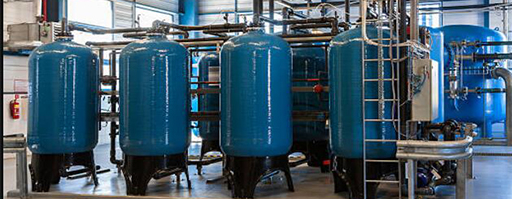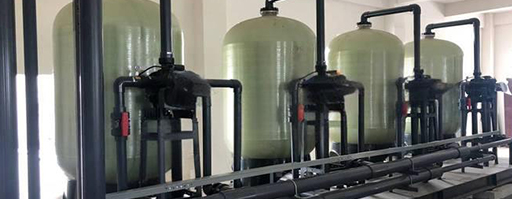Introduction
Cartridge filter housings, also known as security filters, are critical components in industrial fluid filtration systems. Designed to remove fine particulates, contaminants, and impurities from liquids or gases, these systems ensure the integrity of downstream processes in applications ranging from water treatment to pharmaceutical manufacturing. Typically constructed from durable materials like stainless steel or carbon steel, cartridge filter housings operate under pressures up to 0.6 MPa and accommodate flow rates from 1.5 to 960 m³/h, making them versatile solutions for diverse industrial needs.
Key Components
A standard cartridge filter housing comprises several integral parts:
1. Housing Body: The outer casing, available in sizes ranging from φ219×700×2 mm to φ1000×2150×4 mm, houses the filter cartridges. Materials include carbon steel or stainless steel for corrosion resistance.
2. Filter Cartridges: These are the heart of the system, available in various types:
· PP Melt-Blown Cartridges: Economical disposable filters for general applications.
· Pleated Cartridges: High-efficiency filters with increased surface area.
· Wire-Wound Cartridges: Customizable for specific micron ratings.
· Metal Sintered Cartridges: Durable options for high-temperature or chemical environments.
3. Sealing Mechanisms: Gaskets or O-rings ensure leak-proof operation at connection points.
4. Inlet/Outlet Ports: Standardized connections (DN25 to DN200) facilitate integration into existing pipelines.
Working Principle
The primary function of a cartridge filter housing is to trap contaminants in the fluid stream while allowing purified fluid to pass through. Here’s how it works:
1. Filtration Process: Fluid enters the housing through the inlet port, flows through the filter cartridge(s), and exits via the outlet port.
2. Contaminant Retention: Particles larger than the cartridge’s micron rating (0.5–100 μm) are captured on the filter media, preventing damage to downstream equipment like reverse osmosis (RO) membranes or ultrafiltration (UF) systems.
3. Maintenance: Clogged cartridges are easily replaced or cleaned, minimizing downtime and operational costs.
Product Range & Specifications
Our cartridge filter housings are available in multiple configurations to suit varied requirements:
Standard Cartridge Housings
· Flow Rates: 1.5–195 m³/h
· Cartridge Types: PP, pleated, wire-wound
· Applications: General industrial filtration
High-Flow Cartridge Housings
· Flow Rates: 30–960 m³/h
· Cartridge Series: L-series, K-series, M-series (designed for heavy-duty applications)
· Features: Larger diameter cartridges for reduced pressure drop.
Bag Filter Housings
· Flow Rates: 15–720 m³/h
· Bag Types: Replaceable filter bags (1#–2#) for cost-effective contaminant capture.
Duplex Systems
· Redundancy: Dual housings allow continuous operation during maintenance.
· Quick Switching: Ideal for critical processes where downtime is unacceptable.
Advantages
1. High Filtration Efficiency: Uniform pore distribution ensures consistent contaminant removal.
2. Cost-Effectiveness: Replaceable cartridges reduce long-term operational expenses.
3. Durability: Resistance to acids, alkalis, and extreme temperatures (up to 121°C).
4. Easy Maintenance: Quick cartridge replacement minimizes downtime.
5. Scalability: Modular designs accommodate future capacity upgrades.










